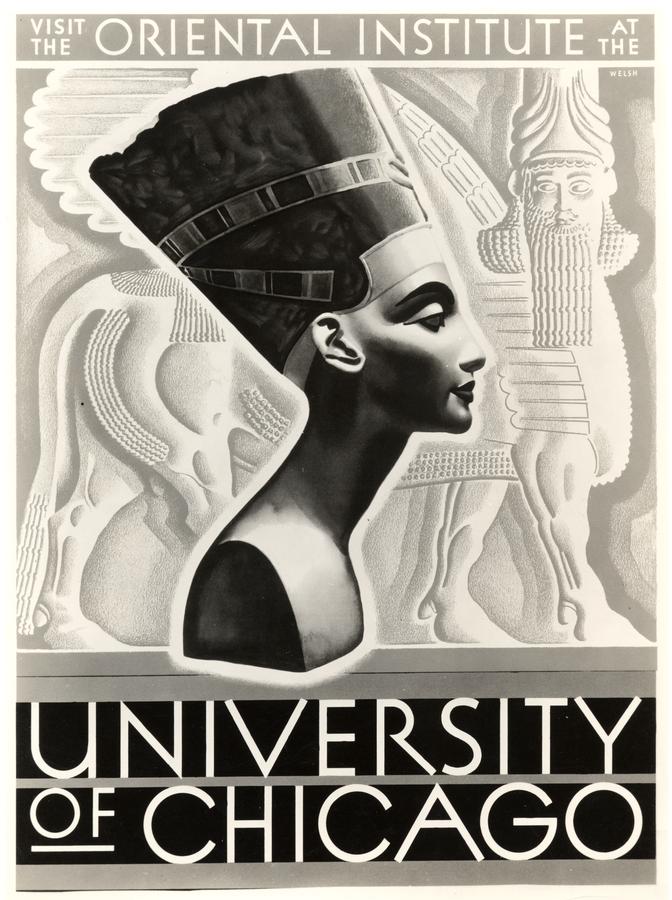By STEVEN YACCINONew York Times
Published: June 17, 201
See the chronicle of news about the Oriental Institute.





 Stumble It!
Stumble It!


1 comment:
Beer is also the subject of the lead article by Miguel Civil in OI News & Notes 132 (Autumn 1991):
http://oi.uchicago.edu/research/pubs/nn/fal91_civil.html
and a piece by Kathleen Mineck in OI News & Notes 201 (Srping 2009, pp. 8ff--slow loading):
http://oi.uchicago.edu/pdf/nn201.pdf
Tim Cashion
Post a Comment